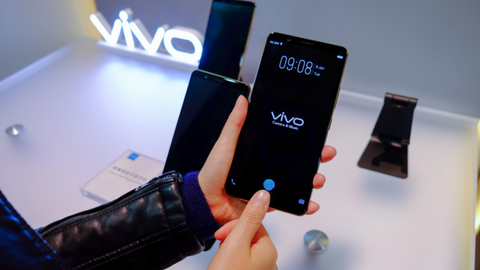At present, the mainstream screen fingerprinting technology utilizes an optical sensor that only works with OLED panels. The principle is to combine the visible light camera with the display panel through a specific process, and use the light transmittance of the OLED panel to “photograph” the fingerprint.
Due to the existence of backlight on LCD panels, these are naturally incapable of transmitting light. Therefore, mobile phones that currently use screen fingerprint recognition use OLED panels.
That ends today as a company called Fortsense just announced that it has successfully developed an on-screen fingerprint solution for LCD panels. It is reported that the R&D team has successfully revised and improved the fingerprint optical path scheme through continuous modification and improvement of the LCD backlight panel. Successfully solving any imaging artifacts and other issues that didn’t let the sensor have a clear image.
Fortsense achieved this result by using an algorithm-assisted approach. By adopting the latest deep learning neural network algorithms is indeed now able to quickly recognize the fingerprint under the LCD. The fingerprint recognition rate is also comparable to the traditional capacitive fingerprint.
Compared with the OLED screen fingerprint scanners, the advantage of LCD screen fingerprint is that the costs will be lower. At present, LCD panels are far superior to OLED panels in terms of production capacity and sales volume. Therefore, in the future, low-end and mid-range mobile phones may use this solution to bring this technology to the masses.
However, this solution will take time to apply to smart terminals. Wang Teng, product director of Xiaomi, said that it is unlikely that there will be products on the market this year.
Follow Gizchina.com on Google News for news and updates in the technology sector.
